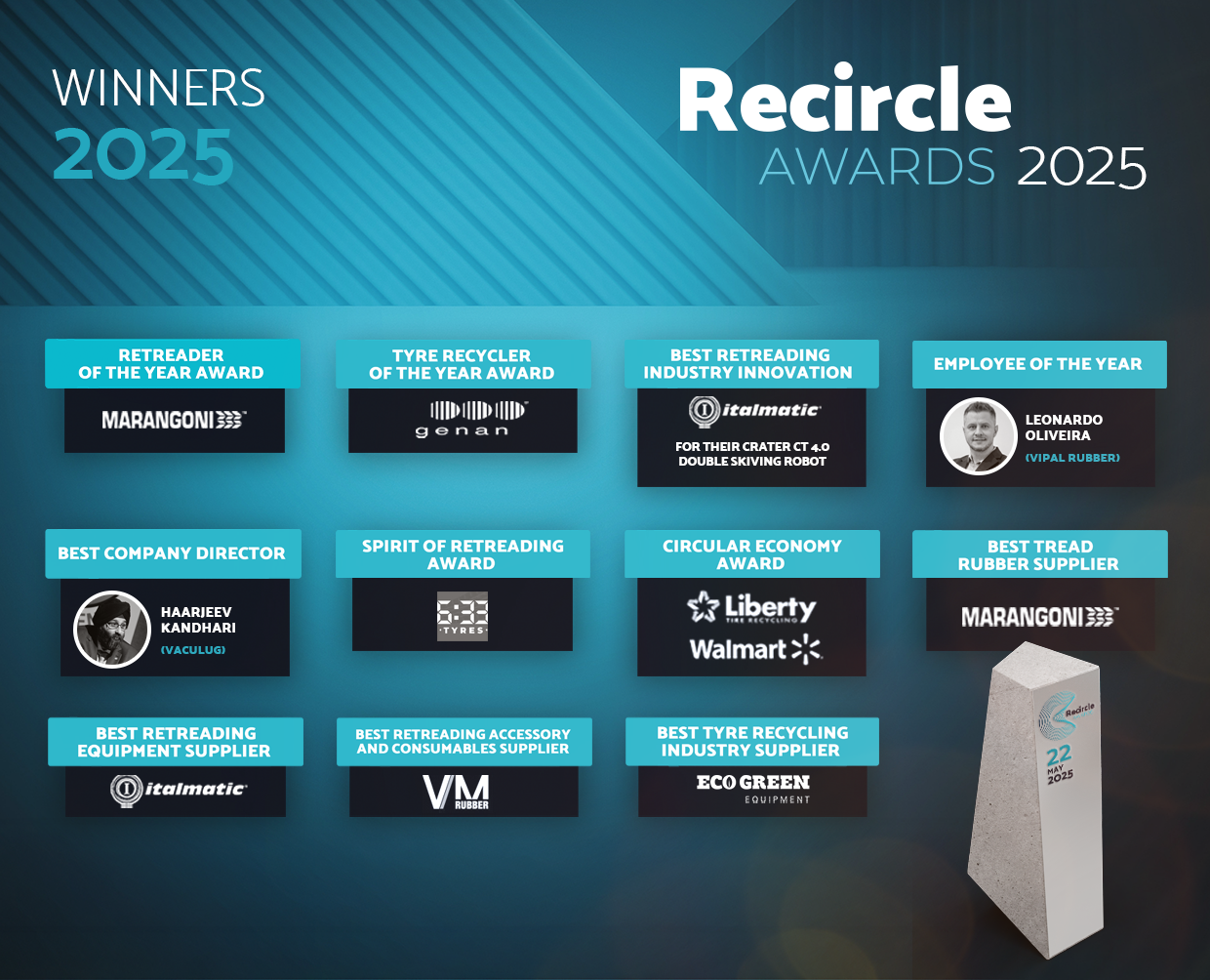For many years the global retreading industry has promoted the environmental benefits of retreading to both governments and fleet owners alike.
Retreading Process Generates 70 Per Cent Less Emission
Today, however, the talk is all about the overall sustainability of the retreading industry rather than just a simple focus on the industry’s green credentials, an argument which is supported by the major global tyre manufacturers as well as independent retreaders.
So, what are the environmental and sustainability arguments currently being put forward by the retreading industry?
Put simply, the act of introducing a tyre policy that includes retreading means making an environmentally sustainable choice. Industry figures show that a new tyre requires 83 litres of oil to manufacture it, whereas 26 litres are enough to retread the same tyre. In addition, the retreading process generates 70 percent less emissions than the production of a new tyre.
In addition, according to tread rubber manufacturer Marangoni, it takes 100 years for a tyre to degrade. Through retreading, it is possible to extend the life of tyres and therefore considerably reduce their rate of disposal. This, says Marangoni, means that each year 4.55 million tonnes of tyres are not entered into the environment due to the retreading industry, whilst 3.90 billion litres of oil and other derivatives are saved……
Are you enjoying reading this article. Click here to read more..
轮胎翻新的环境效益
多年来,全球的轮胎翻新行业一直向政府和车队业主宣传翻新的环境效益。然而,今天的讨论重点是翻新行业的整体可持续性,而不仅仅是简单地关注该行业的绿色资质,这一论点得到了全球主要轮胎制造商和独立翻新商的支持。
那么,翻新行业目前的环境和可持续发展论点是什么?
简而言之,引入包括翻新在内的轮胎政策的行为意味着做出可持续环境的选择。行业数据显示,生产一条新轮胎需要83公升的石油,而翻新同一条轮胎则需要26公升的石油。此外,翻新过程产生的排放量比生产新轮胎少70%。
此外,根据胎面橡胶制造商Marangoni的说法,轮胎需要一百年才能降解。通过翻新,可以延长轮胎的使用寿命,从而大大降低其报废率。Marangoni表示,这意味着每年有455万吨轮胎不至于被报废,同时节省了39亿公升的石油和其他衍生品…….
点击读全文….








